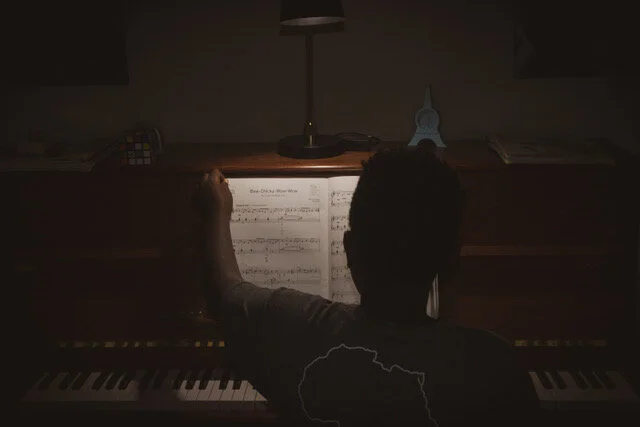Megan Yim
April 21st, 2020
Much like birds flocking to the south for warmer weather at the turn of winter’s solstice, piano and other music lessons alike migrated online almost overnight – at least, it seemed like it. The industry of music education adapted to the climate that is COVID-19 with a swiftness and matter-of-fact attitude that makes you wonder how any of it could even be possible; or, for that matter, valuable.
Taking piano lessons online is a very special movement, one in which many organizations have dabbled with before. The concept of reaching individuals all across the globe through a screen and a mic, teaching the beautiful combination of black and white keys is unmatched.
In these times, we need music more than ever: the velvet braiding of learning a new skill or brushing up on an old technique has the small but mighty power to bring back even a pinch of joy into our lives.
However, with a new platform and a shift in context, we may feel uncertain about paying for virtual music education. After about 5 weeks of teaching piano online full time, I have battled with uncertainties as well, but have concluded with a few key takeaways:
1. Relationship with the student
One concern that many may have is the enemy of technical difficulties. What if my WiFi lags? What if my internet connection breaks up the sound? What if my video is pixelated?
More than anything, flow of the online lessons depends on the relationship between the student and teacher. While we may lose the elemental face-to-face interaction of an in-person lesson, we can still build a rapport through conversation, body language, facial expressions, and the small mannerisms of one another. Over time, the ability to predict and assume the student’s style and intentions will be the fruit of a successful bond and relationship between the teacher and student.
2. Sharing resources instantly
While the teacher and student may not be looking at the same sheet music, the flexibility and convenience of sharing resources has become more instantaneous than ever before. Without having to delay the time of printing or checking emails, the teacher can send listening links, PDF files, and other resources quicker. Having the student in front of the screen on the other end allows the students receive and utilize the resources more productively.
3. A stronger, more independent student
It is no secret that online education is a steep learning curve in itself. Learning the piano? That makes our students elite! Coupled with the traditional practicing in between weekly lessons, but the absence of an “in-person” teacher forces and encourages the student to self-reflect a lot more. In other words, the student must now be more responsible in listening to themselves and asking the questions that the teacher cannot. This in turn, trains for a more independent and stronger individual, better preparing them for their futures.
Alas, the Great Migration of in-person to online piano lessons is no simple journey. Although there may always be technological obstacles coupled with sheer absence of the human dynamics shared within a room, we can still make music together.
Megan Teaches Online Piano Lessons Here.

